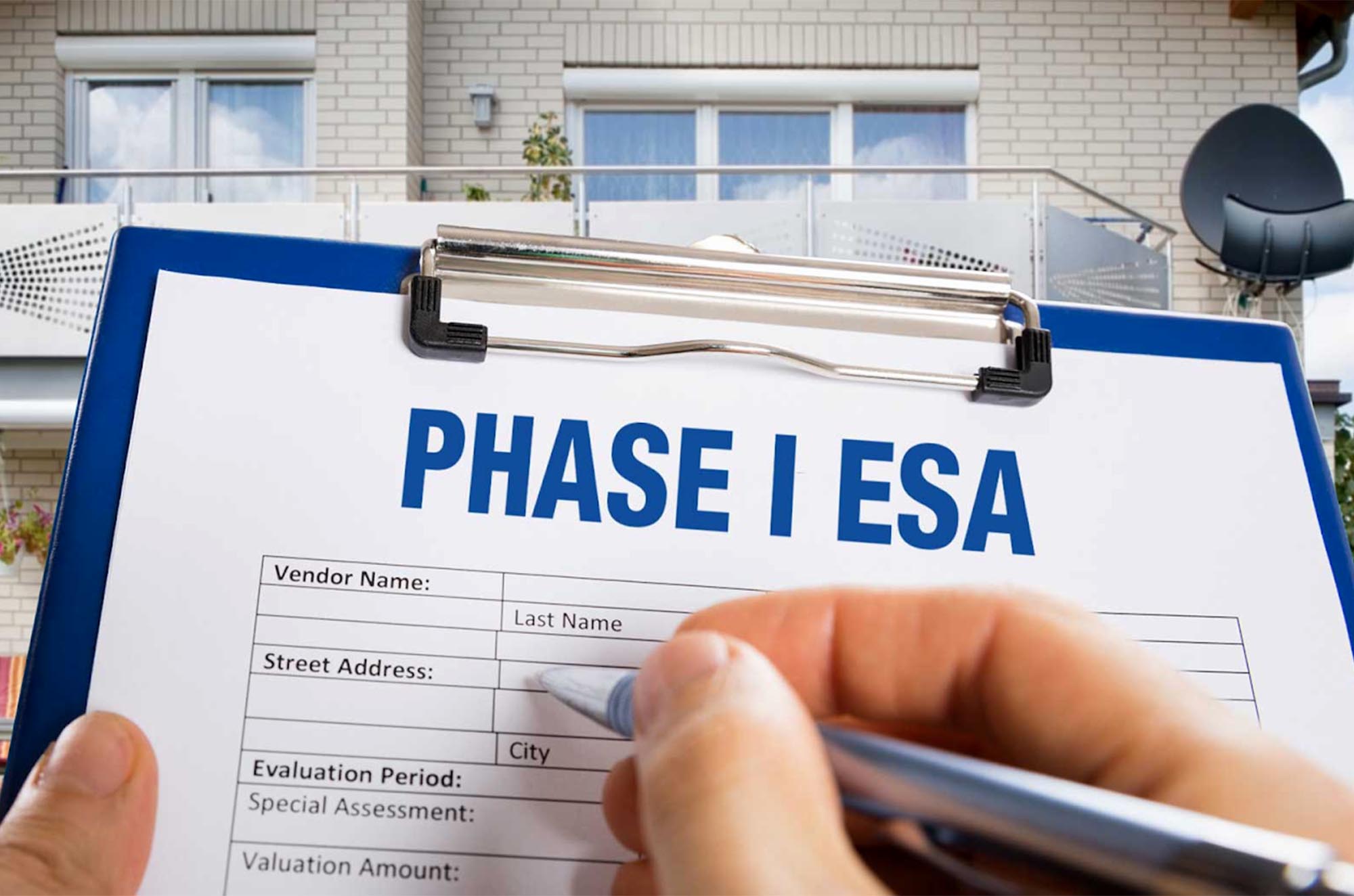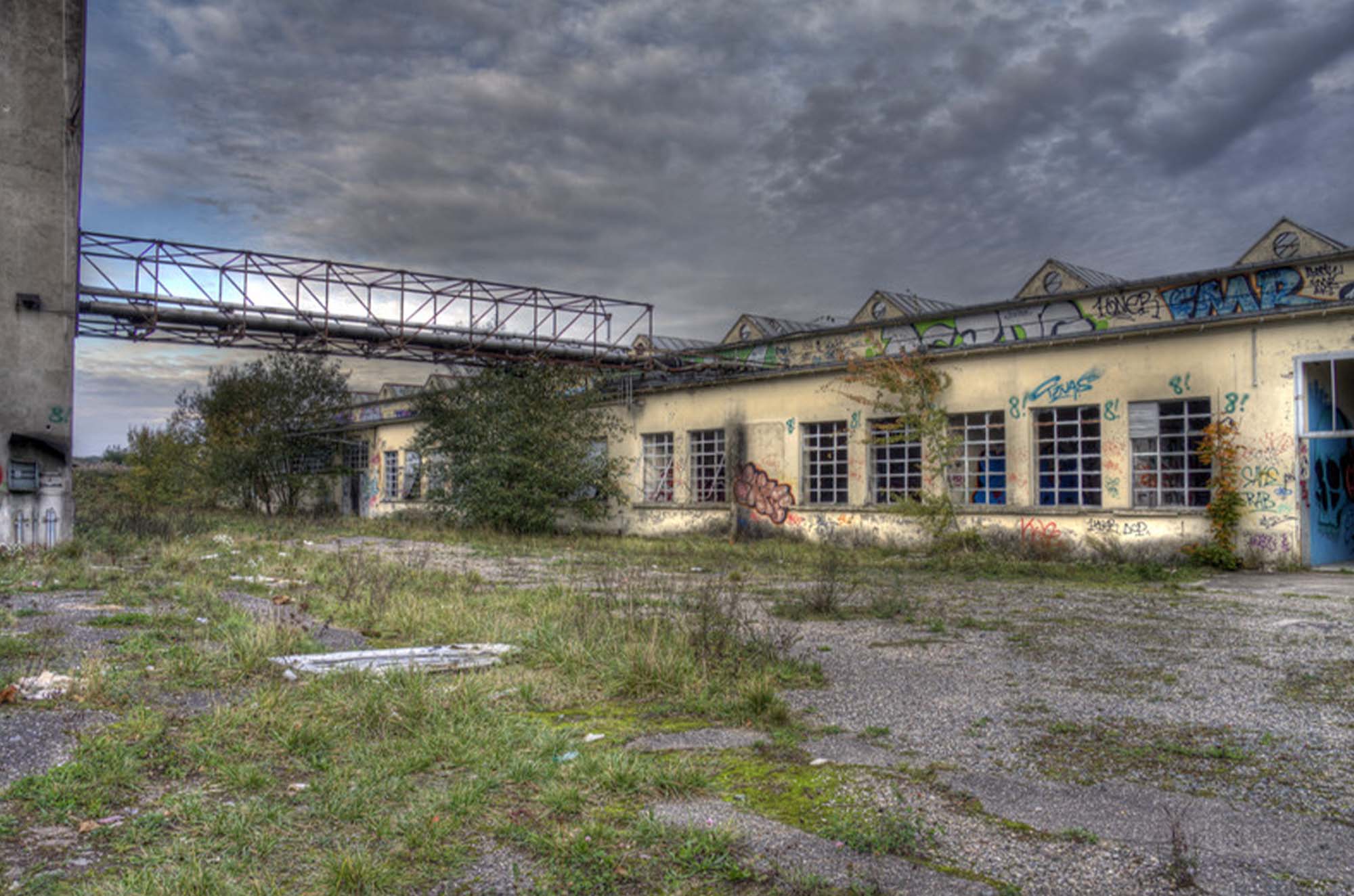The ASTM Develops a new standard for the Phase I ESA
By Maria DeKoning
The Phase I ESA is performed as due diligence to assess the environmental health of a site. One year ago, the American Society for Testing and Materials (ASTM) modified how the assessment is performed. The new ASTM E1527-21 standard was released in place of the ASTM E1527-13 to adequately satisfy the Appropriate Inquiry Rule (AAI) as part of CERCLA.
This updates the scope of historical reviews for adjoining properties, expands the title search standard, revises the definitions of recognized environmental conditions (RECs) and addresses PFOA/PFAS. The EPA is expected to release a rulemaking later this year that confirms E1527-21 satisfies the AAI rule and is sufficient enough to push out E1527-13. To understand exactly what these changes are, keep reading!
What is a Phase I ESA?
Phase I is an assessment of the current and previous uses of a site. These site assessments are taken from a visual standpoint and typically state the assumed environmental condition of the site. A Phase I ESA typically looks at impacted soil or groundwater beneath the property and takes note of any conditions on the property that may pose a threat to the environment or human health.
What is Involved in Phase I?
The Phase I ESA typically takes place in the following way:
- A site visit to assess the current conditions and property uses, as well as an assessment of adjacent properties
- A search of regulatory databases including federal state, tribal, and local ones to locate underground and aboveground storage tanks (USTs, ASTs), suspected or known release cases, hazardous substances previously or currently stored or disposed of on-site, and engineering controls.
- An assessment of all historical records, aerial photographs, Sanborn maps, city directories, or topographical maps.
- A review of historical records from local environmental agencies, Building, Fire, and Health Departments
- Questioning all current and past property owners, operators, or others
- Interview with the Report Users for title and judicial records.
What is CERCLA?

CERCLA stands for the Comprehensive Environmental Response, Comprehension, and Liability Act, also known as Superfund. The Act was created in December 1980 to put a tax on chemical and petroleum industries and allowed Federal agencies to respond to the release of hazardous substances into the environment. It also outlines prohibitions and requirements for closed or abandoned sites that previously-stored hazardous waste, provides liability of the owner responsible for the contamination of the site, and creates a tax fund to aid in the cleanup of the property when no responsible party is identified through the AAI Rule.
What is the AAI Rule?
Any brownfield site looking to receive EPA Brownfields Assessment Grant Funds must comply with the AAI Final Rule. This rule is put into effect under CERCLA to ensure that all persons are held liable for cleaning up hazardous waste contamination on site.
Galli Engineering

Galli Engineering is a company made up of environmental professionals experienced in brownfield redevelopment. They have the ability and skills to integrate all elements of Brownfield redevelopment from site investigation through regulatory compliance. The remediation and the design of engineered construction elements are well-managed and result in an efficient solution. Galli has employees who are certified under the NYC Mayor’s Office of Environmental Remediation and Environmental Industry Professionals under the NYC VCO and Brownfield Incentive Grants.
If you have any questions regarding Phase I ESAs, site redevelopment, or the EPA Brownfield program, give us a call at 631-271-9292 and we’d be glad to schedule a meeting.




